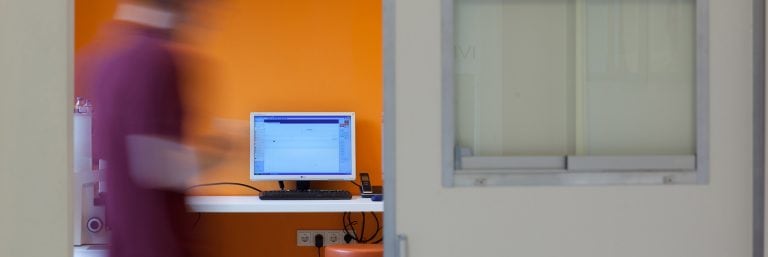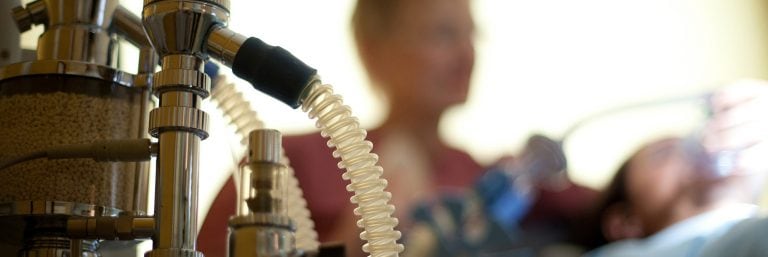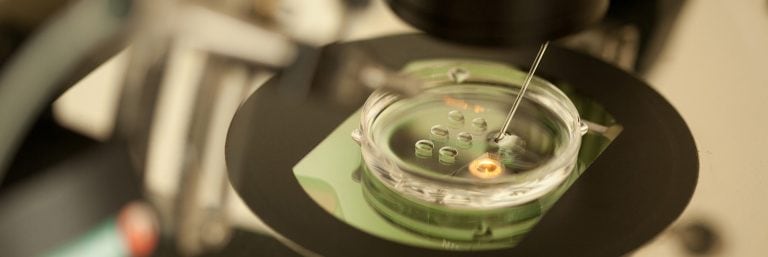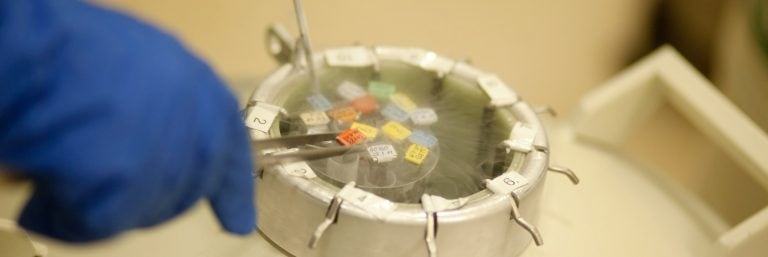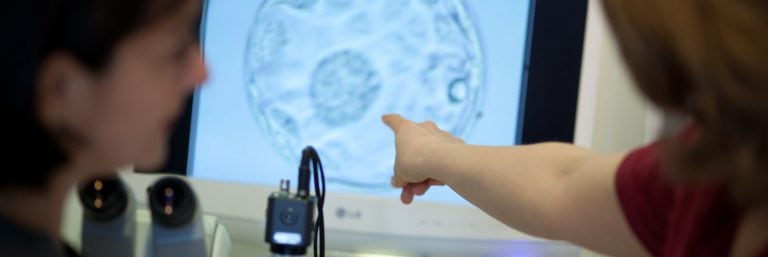ADI
Insemination with donor sperm, so-called Donogenic Insemination (DI), also Artificial Donogenic Insemination (ADI)
Donor sperm is used in donogenic (heterologous) treatments. The most common reason for choosing this type of treatment is the lack of sperm in the man’s ejaculate. Failures of previous treatments or their rejection are other reasons.
In the simplest case, i.e. if there is no significant female cause of infertility, a transfer of donor sperm (insemination) into the uterine cavity can be carried out after the time of ovulation has been established or determined. Here, too, additional hormone treatment may be necessary.
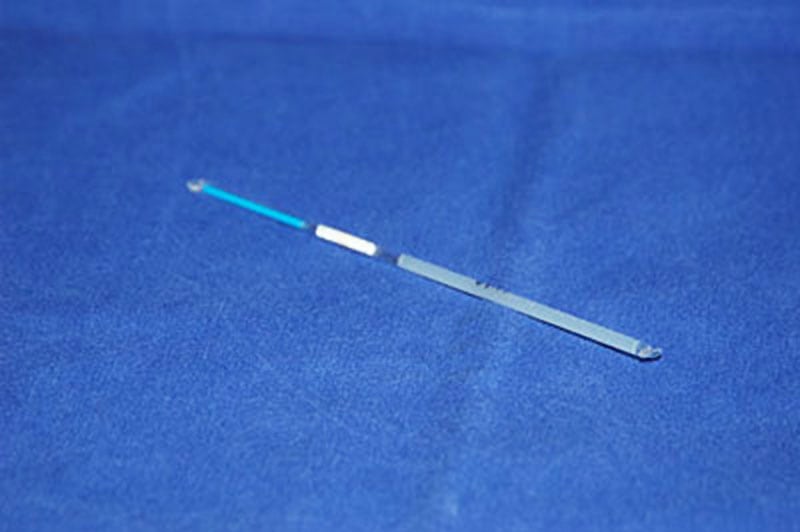

Treatment requirements
The close cooperation with the Berliner Samenbank GmbH enables an optimal donor selection for the couple. The listing of various characteristics of all donors makes it possible to select the donor who most resembles the man in terms of physical characteristics (eye colour, hair colour, body weight, body height, blood group, build, head shape, hairline, etc.). In this way, it can be achieved that the child resulting from this therapy is externally similar to both so-called social parents.
Once a treatment contract with notarised signature is available, the corresponding therapy can be started.
Further information can be found at our partner Berliner Samenbank GmbH.

